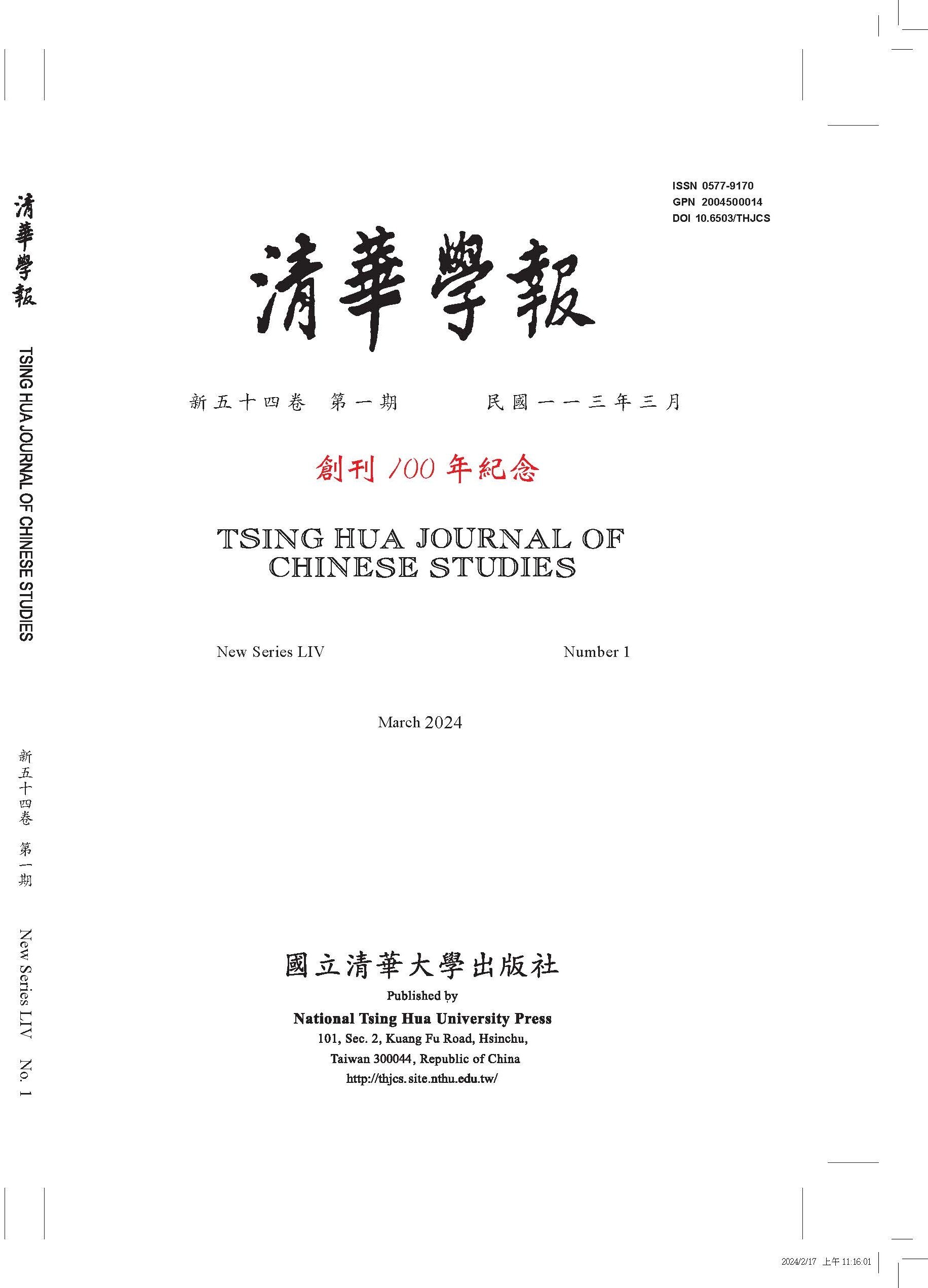Analectics-mencius Versus Six Classics: Two Types of Classical Hermeneutics in East Asian Confusionism
Vol. 32 No. 1 12/2002
|
Title |
On the Margins of “Canon” and “Humanism” The Brave New World of Queer Science Fiction in Taiwan 1994 |
|
Author |
Ru-bin Yang |
|
Genre |
Article |
|
Pages |
|
|
Download |
|
|
Language |
|
|
Key words |
Kogakuha, School of Ch’I, li, intersubjectivity, Supreme Ultimate |
|
Abstract |
In the recent history of East Asian Confucianism, the Japanese kogakuha and the Chinese School of Ch’i have run parallel in many instances. For example, both shared the same cultural legacy (i.e., the Confucian classics of the pre-Chin Period), both confronted the Chen-Chu school’s metaphysics and the theory of human nature,and both held some common assertions. Each also split into two subschools. First subschool, represented by Ito Jinsai and Tai Chen, brought forward the ontology and morality of intersubjectivity by clinging to the Analects and the Mencius, which were formed in the philosophical breakthrough period. The second subschool, represented by Ogyu Sorai and Yen Yuan, asserted that the essence of human beings exists not in themselves but in the social, norms li (禮). These scholars held on to Six Classics, which documented early Chinese civilization and stood for the tradition of the Great Center or the Supreme Ultimate (Huang Chi,皇極). For the latter subschool, ethical problems were the same as social politics. “ Analects and Mencius” versus “Six Classics” thus distinguished two kinds of hermeneutical movements of returning to the original Confusion texts. |

